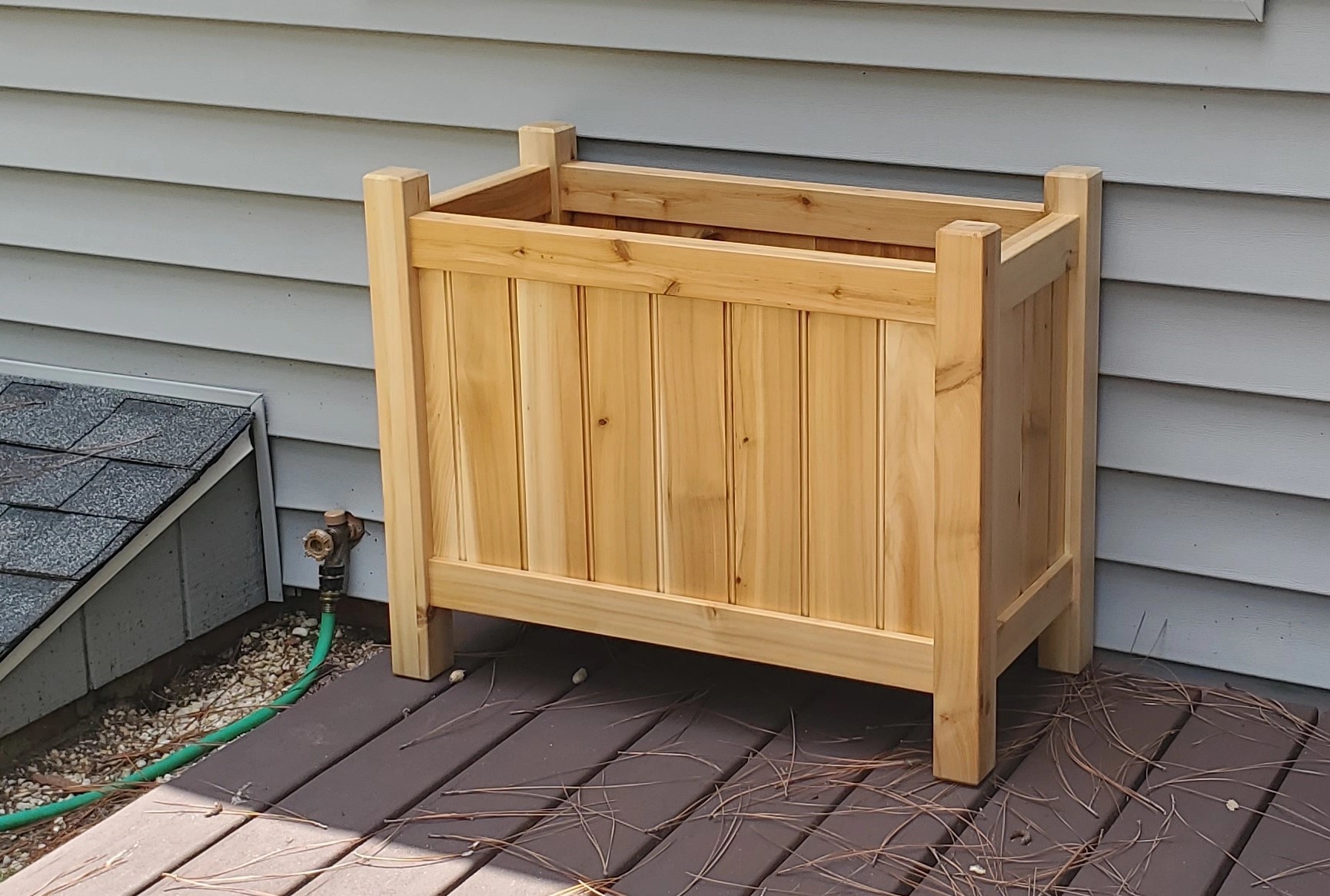
No, but without duplicates, OC must fill the void. This feature may not have that intended effect. Or it might. I dunno.
Just saying a lot of these sites are and have always been full of reposts.
By “these sites” I mean diggs, reddits, lemmys…
It’s just really silly to think that a blocking feature would generate OC. It can’t.









And if we have a gun problem its not a gun problem its a mental health problem. If we have a mental health problem then its not my problem. Now if you’ll excuse me, I need to buy another gun to protect myself. No, I don’t have a mental health problem. Hoarding guns is the american way!